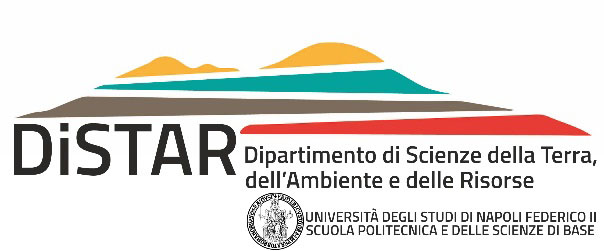Martedì 19 Novembre ore 11:00
Aula Geo 4 – Edificio 10
Dipartimento di Scienze della Terra, dell'Ambiente e delle Risorse
Complesso Universitario di Monte S. Angelo
Relatore: Laura Galluccio (Badley Ashton reservoir geoscience, Regional Manager Eastern Hemisphere)
Locandina
Abstract
Reservoir quality of carbonate rocks is usually controlled by the interplay of both the primary depositional and secondary diagenetic parameters. The assessment of the respective impact of these controls together with the understanding of the field-scale sedimentological organisation and diagenetic trends assist in the reconstruction of reservoir architecture and help production and appraisal programs. This work focuses on three formations recorded in the onshore Abu Dhabi area with the final aim of understanding their field-scale architecture through the study of six wells. Sediments reflect deposition in clay-prone and cleaner inner ramp to distal mid-ramp, where biotic assemblage is either dominated by Lithocodium/Bacinella (i.e. within lower Shuaiba and lowermost Lekhwair formations), rudists or peloids (i.e. within Kharaib formation).
The sedimentological framework has been established through a detailed sedimentological description of c.2545ft of core and sequence stratigraphy interpretation. The occurrence of diagenetic processes (i.e. dissolution, cementation and fracturing/compaction) and their respective impact on pore system have been assessed through the observations of 804 thin-sections and the structural logging of c. 1936ft of core. The integration of the field-scale sedimentological organisation together with the distribution of the assessed reservoir quality controls and porosity/permeability data results in the establishment of the reservoir architectures of the three formations.
In this area, the depositional fabric is characterised to be the primary parameter on the reservoir properties of the cored Thamama deposits with the exception of the lowermost cored Lekhwair and fractured reservoir: the best reservoir quality is found within inner ramp (locally dominated by Lithocodium/Bacinella) to backshoal grainstones and rudist-rich floatstones associated with a grainstone matrix. The reservoir quality decreases with the progressive increase in micrite matrix and clay content. The lowest porosity/permeability values are linked to the clay-rich inner ramp deposits recorded within the Dense Units, forming thick seals between the cleaner carbonate reservoir units. The localised occurrence of late dissolution phases has locally enhanced pore connectivity and preferentially affects the deposits which are initially characterised by good pore connectivity and volume (as observed in the lowermost Lekhwair and upper Kharaib Formations). Finally, cementation only locally decreases the reservoir properties and is broadly preferentially developed within and nearby clay-enriched deposits and at sharp lithological contacts often overprinted by stylolites. The focus of cementation on these surfaces results in one extensive ft-thick baffle within the Kharaib reservoir while a similar baffle is locally breached by rare 20cm-long fractures in Lower Shuaiba reservoir developed at the hinge of the anticline. Finally, the abundant and connected fracture network occurring within the lower Lowermost Lekhwair is likely to play a role on fluid flow in subsurface.
The reservoir architecture will be integrated in the rock typing workflow to assist in the prediction of rock type vertical distribution and their lateral extent.
Laura Galluccio is a senior carbonate geologist specialised in sedimentology, diagenesis and reservoir quality characterisation of carbonate reservoirs, with wide experience in the Middle East, US, Europe and Africa. She has been working at Badley Ashton for the last 8 years as carbonate reservoir geologist focusing on the characterisation of both conventional and unconventional carbonate reservoirs. She is currently Team Leader of the Carbonate group and Regional Manager of the Eastern Hemisphere business. Laura has a PhD in Sedimentary Geology from the University of Naples, with focus on the genesis and petrophysics of dolomites.
Controls on Reservoir Quality and Reservoir architecture of Early Cretaceous carbonates in an Abu Dhabi Onshore Field (Lekhwair, Kharaib and Lower Shuaiba Formations)
-







